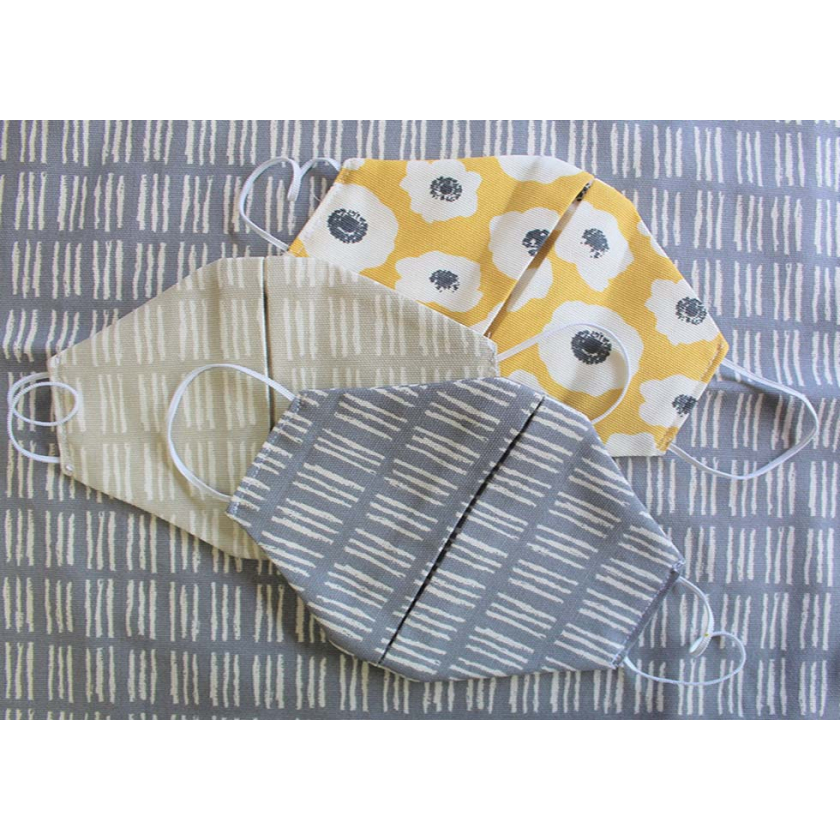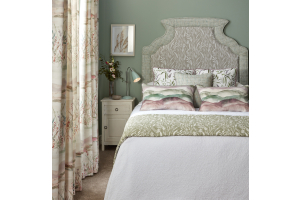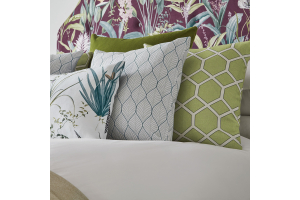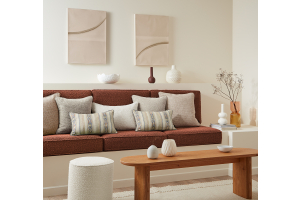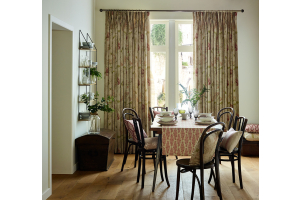Make your own ILIV fabric face mask
The latest government guidelines have advised that wherever possible, we maintain social distancing of two metres apart outside of our homes and wear face coverings in shops, supermarkets and busy public areas to help contain the spread of the Covid-19 virus.
Public Health England have advised that cloth face coverings are sufficient protection, provided they cover your mouth and nose whilst allowing you space to breathe comfortably. We must state that these masks are not medical grade, however they are effective at limiting the spread of air born bacteria and germs from person to person.
To make your face mask, you will need the following;
0.5m light weight fabric which allows you to breath comfortably through.
Scissors
30cm elastic, cut into two pieces
Scissors
Paper
Pencil
Ruler
Sewing Pins
Iron & ironing board
Sewing machine (or the old-fashioned trusty needle and thread)
Follow our easy step-by-step guide below to making your very own face mask or click the link to watch how we did it; https://www.youtube.com/watch?v=piHB6G1vwcY
Cut a piece of paper 26cm wide and 16cm in height.
Fold the piece of paper in half and then into quarters so that your paper is 13cm by 8cm.
Mark a dot 8.5cm in (4.5cm in from the right) along the longest side of the paper and mark a dot 5cm down on the shorter side (3cm up from the bottom). Connect these two dots together with a solid line and cut along this line (you should have cut a right angle out of the paper).
Unfold the paper, you should now be left with a hexagon.
Use this hexagon as a stencil and place over your fabric. Cut two identical hexagons from your chosen fabric. If you would like to make your mask reversable, choose two different fabrics at this stage.
Once cut, make sure the two faces of the fabric are facing inwards. Fold your two hexagons in half down the vertical centre with the back of the fabric facing outwards. As you look at the folded fabric lying flat, you should have a left and a right side to the mask.
Working from the inside fold, mark 3cm left of the fold on the top and bottom sides of the fabric and draw a line 1cm down (and up) from these two points. Sew along the two 1cm lengths on both pieces. Repeat this process on the other side.
Unfold the pieces of fabric, lying them face down, flat and iron down the middle section you have created., repeat this step on both pieces. The middle section will open up when you put the mask on and stretch the fabric out, making it easier to breathe.
Now pin the two pieces together, back to back leaving space to sew around the circumference of the fabric to.
Sew along the top three sides and bottom three sides leaving the two side lengths unsewn. (you need to keep these open for now to attach the elastic to at a later stage.)
Now pull the mask the correct way round, pushing the fabric through one of the holes left at the sides.
Measure 1cm in from the two open edges and fold the flap under on both the face and reverse pieces, place the elastic in between these folds at the top and bottom and sew into place, filling in the two gaps left and giving you a hoop to hook round your ear.
NB: We have used Ditto Clay, Ditto Slate and Astasia Saffron printed fabrics from our latest all-print collection, Levande.
For more information on how to stay safe outside of your home, head over to; https://www.gov.uk/government/publications/staying-safe-outside-your-home/staying-safe-outside-your-home


